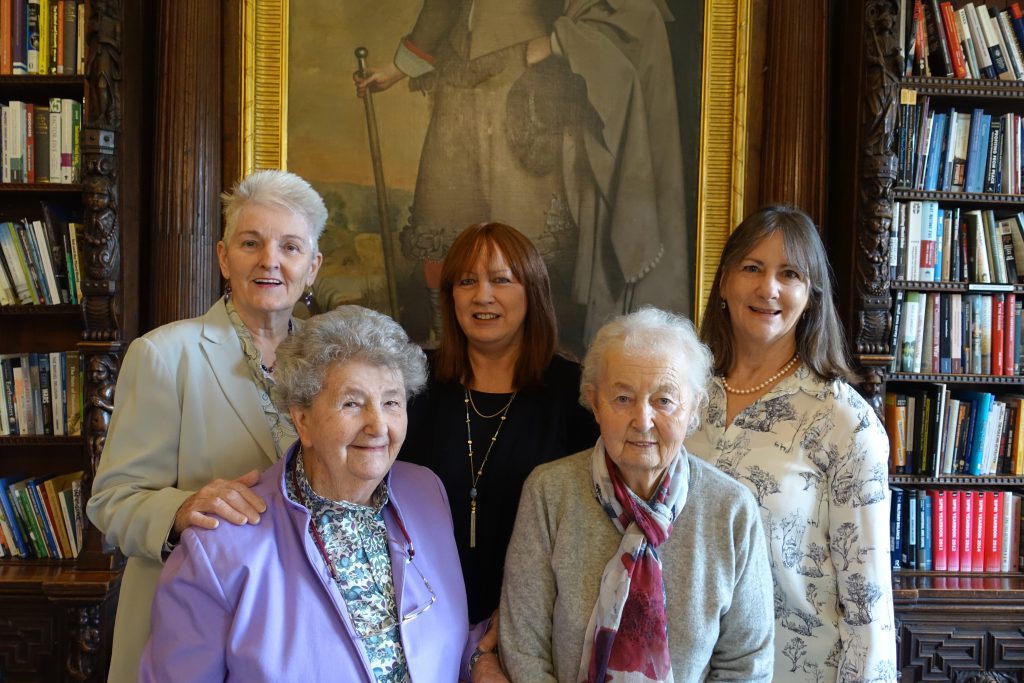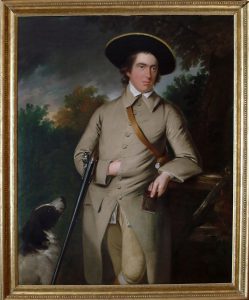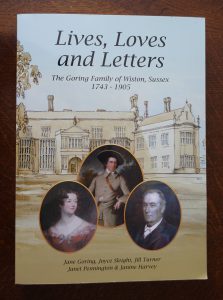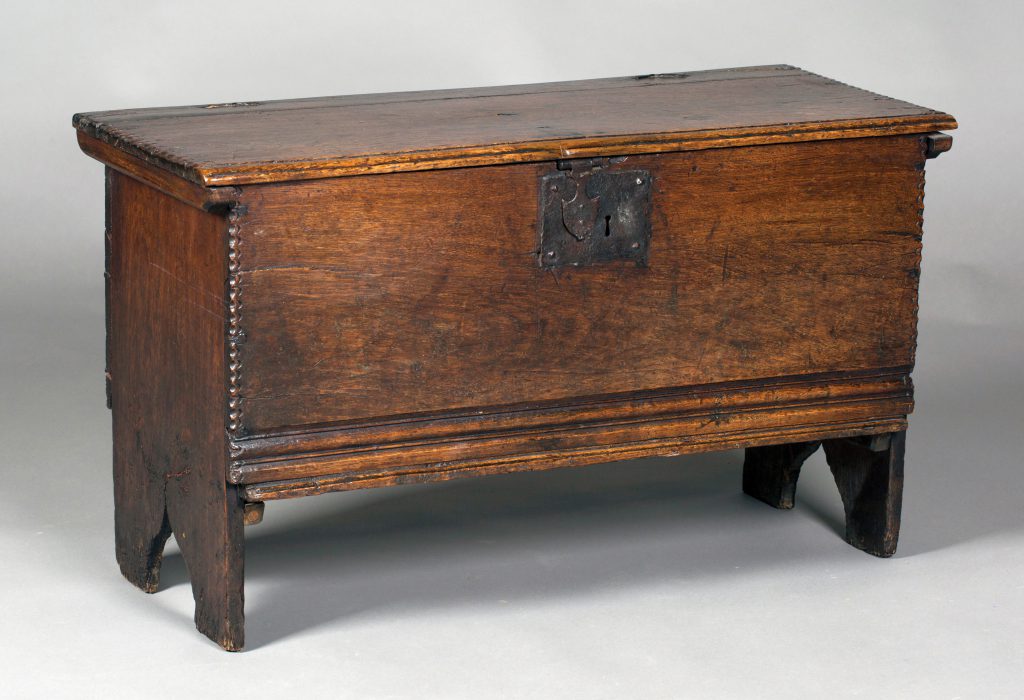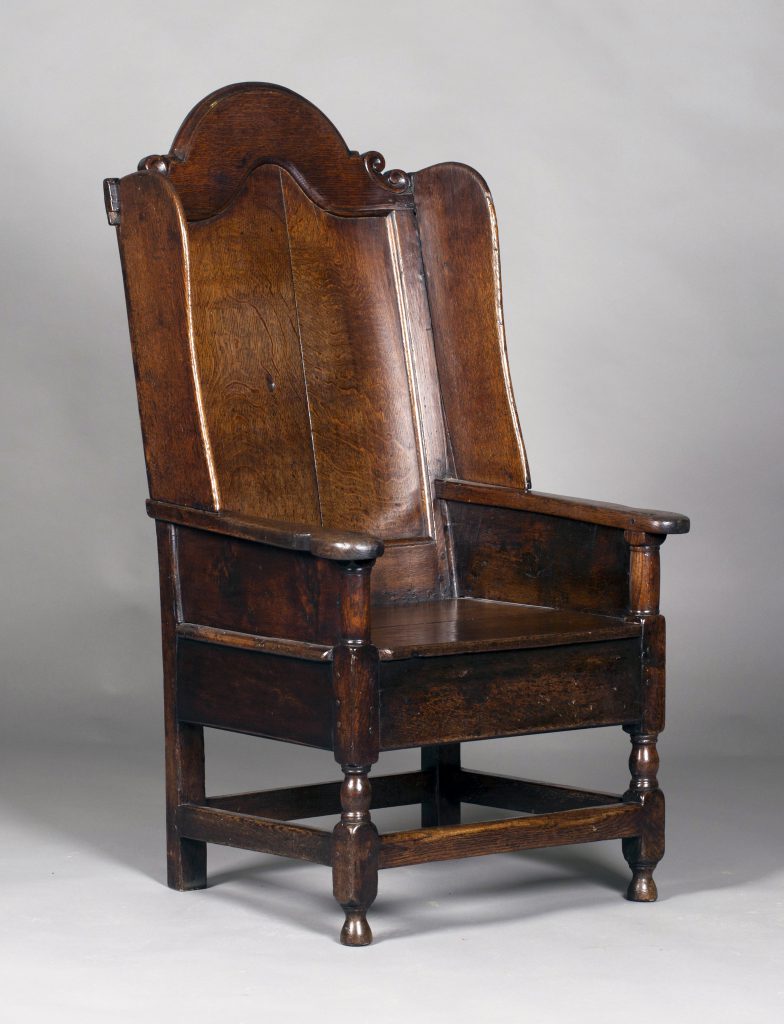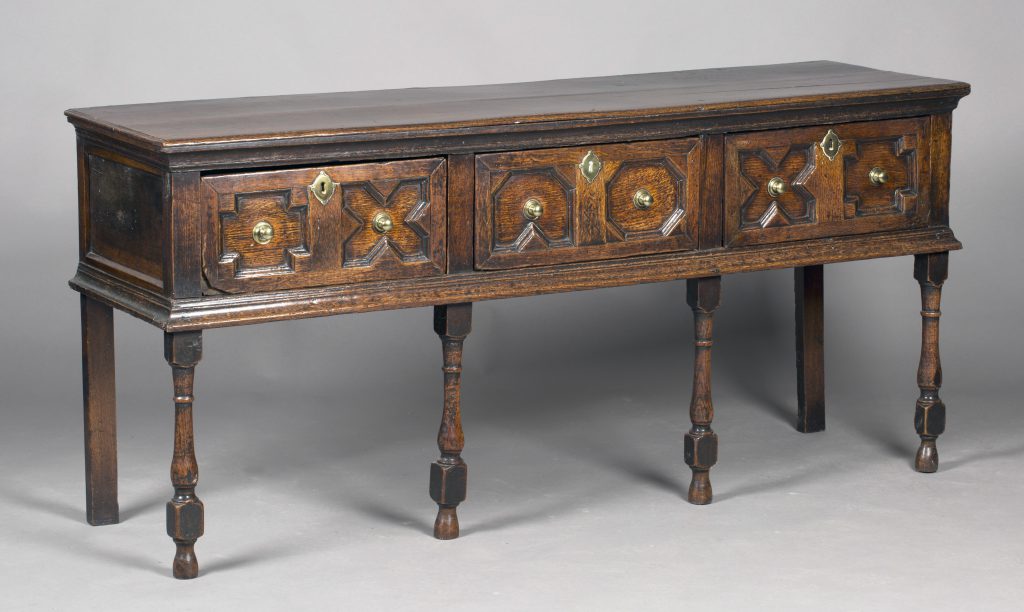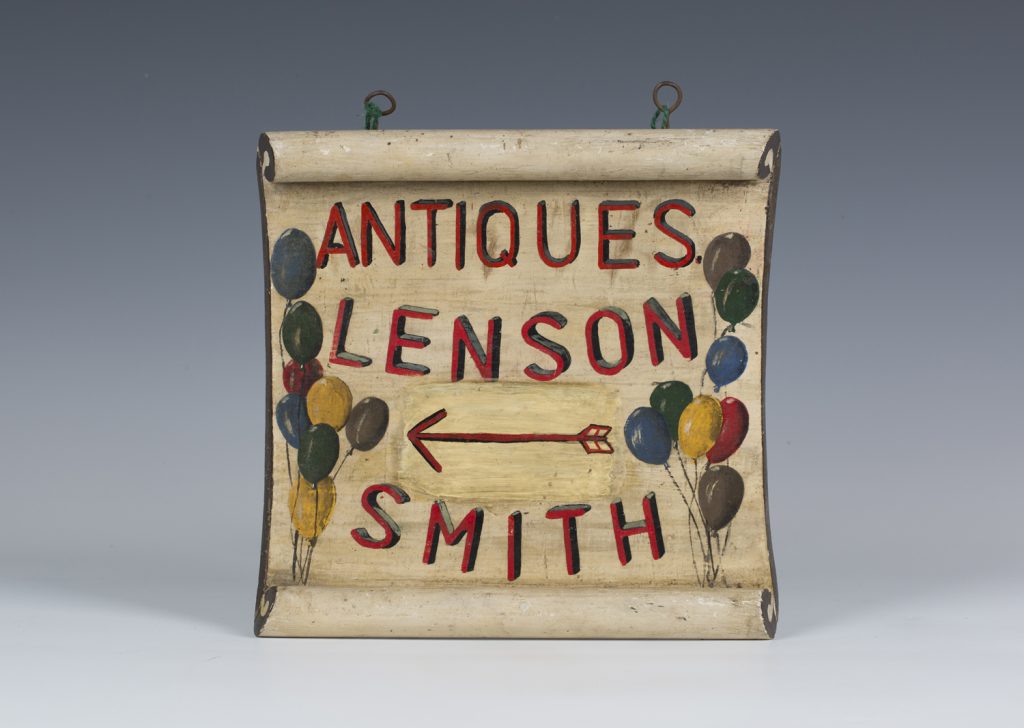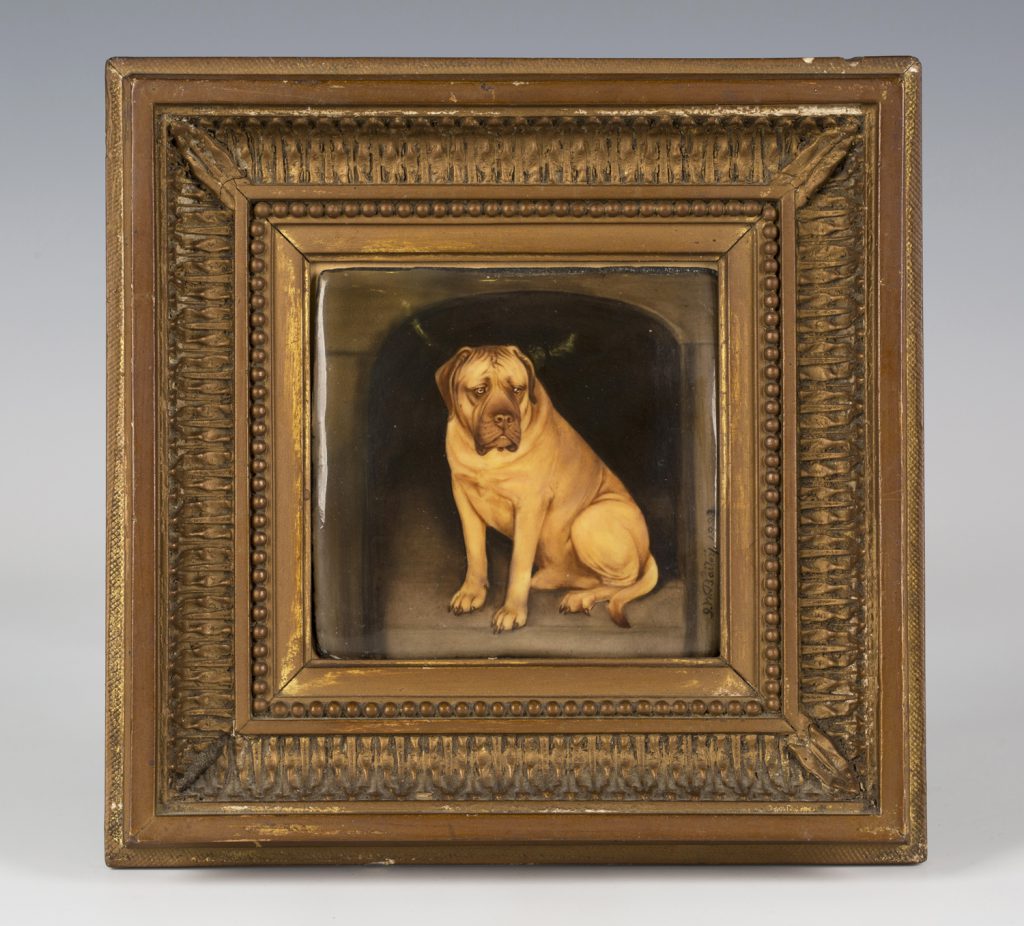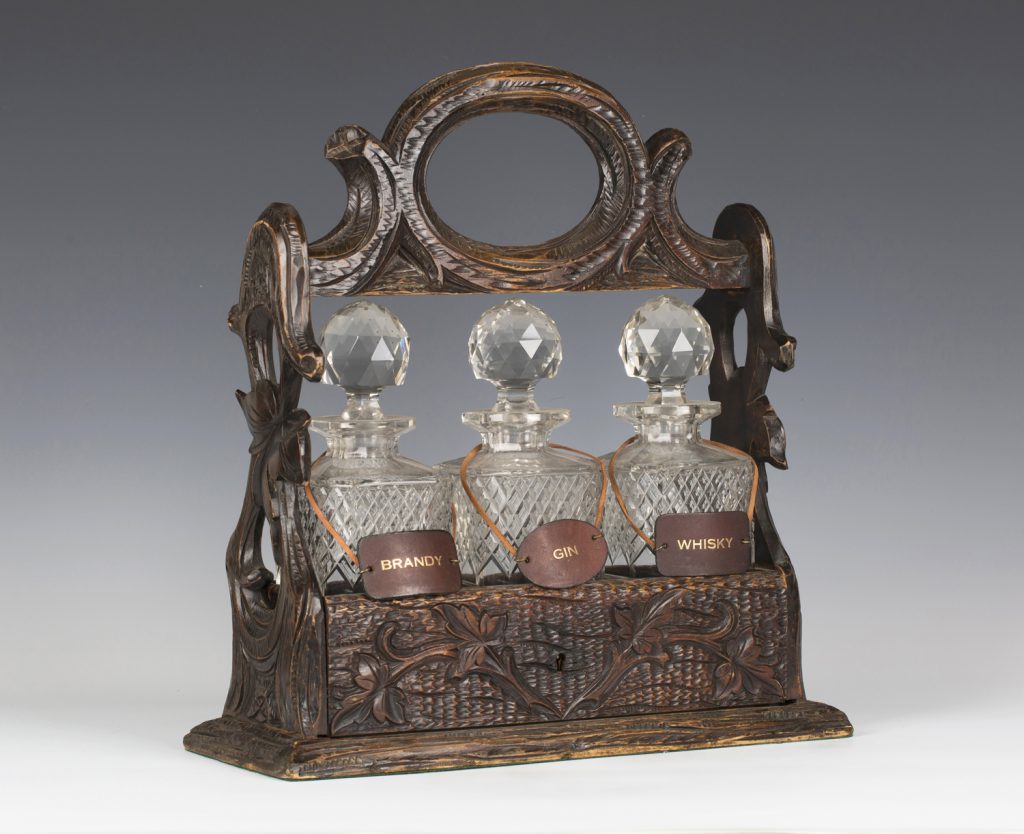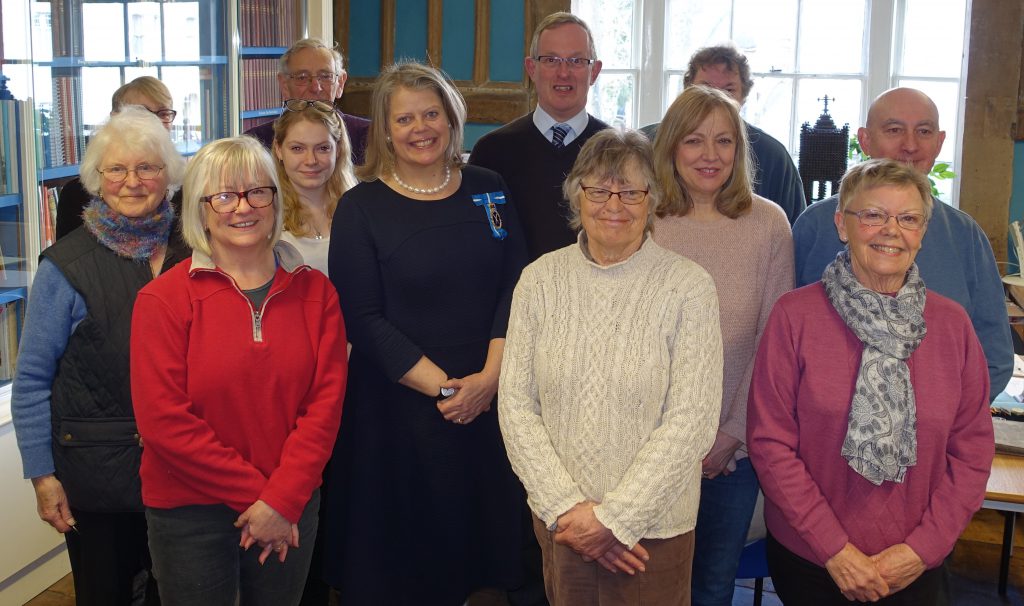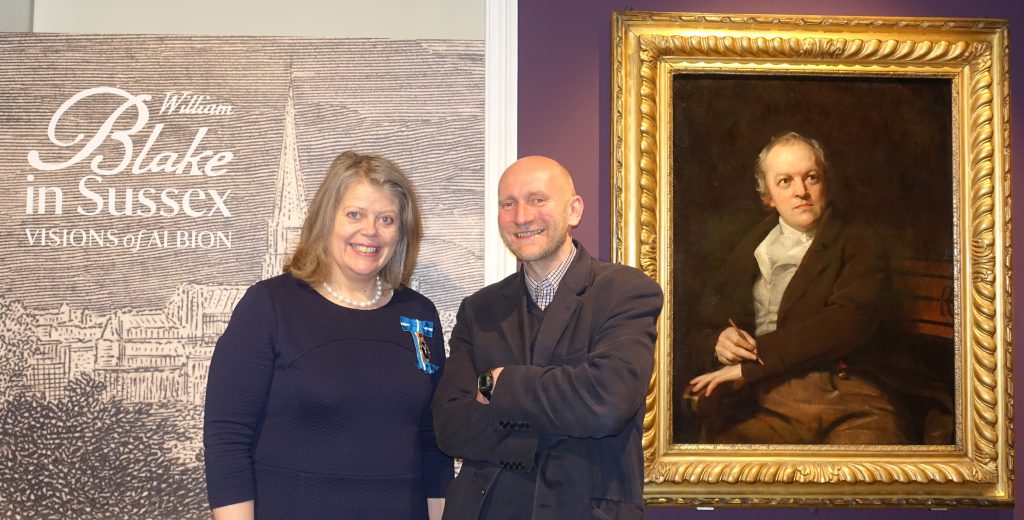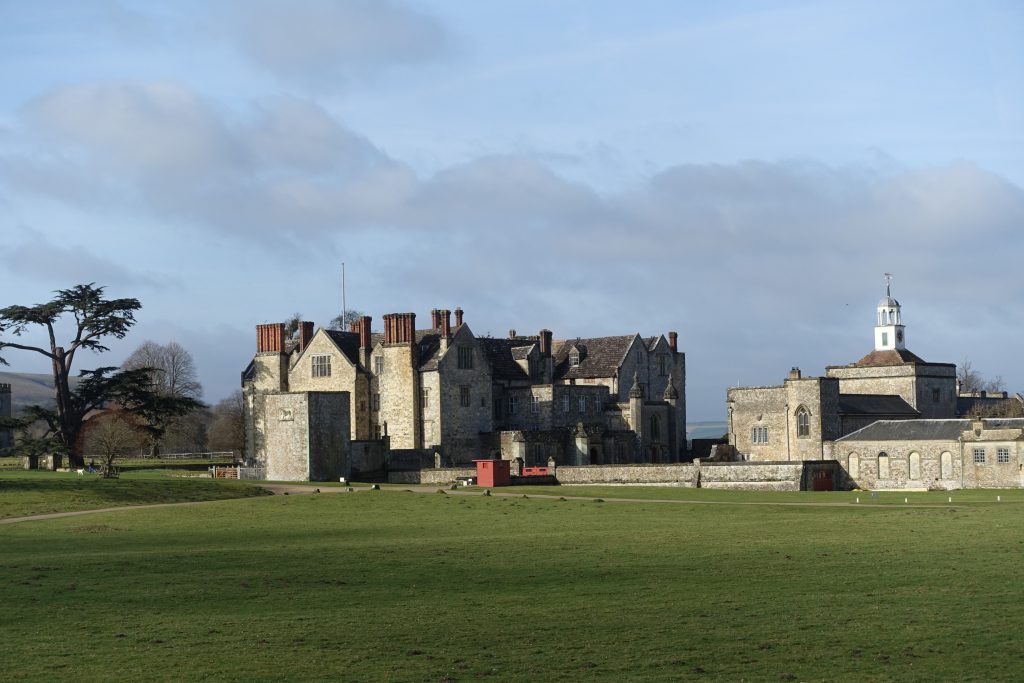
As you approach Parham through the soft folds of her parkland landscape this fine Elizabethan house reveals herself in a timeless and welcoming way.
It is five years since I wrote my first column and I am returning to where I began. I love revisiting this remarkable place and today I am rewarded by the sight of Parham’s stone walls glowing in the light of the first spring sunshine of the year. The house sits comfortably in the landscape against the backdrop of the Sussex Downs.
There is an excitement in the air as Parham’s team busy themselves with the final preparations before welcoming the first visitors of 2018 this coming Easter Sunday.
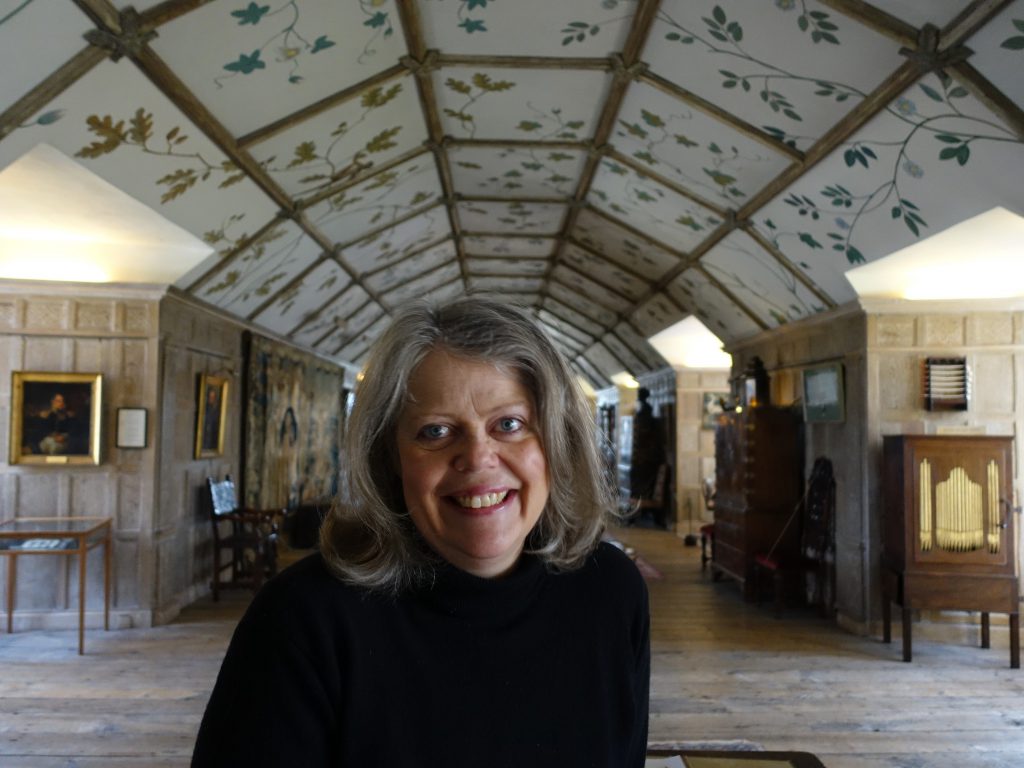
I am greeted by Lady Emma Barnard whose home this is. She is following in the footsteps of her grandparents and her Great Aunt. Emma explains “My grandparents, Clive and Alicia Pearson, fell in love with Parham as soon as they saw it. The house was in a poor state when they bought it. They spent a lot of money during the 1920s and ’30s carefully restoring this fine Elizabethan house. They installed electricity, plumbing and heating and thanks to them it’s still a really comfortable home today.”
Parham with its beautiful rooms and collections is no ordinary historic house but a home which gathers its visitors in a generous and unique way thanks to Lady Emma’s particular qualities. Together with her husband, James, Lady Emma has brought up her two boys here and the family’s fondness for this place gives it real life.
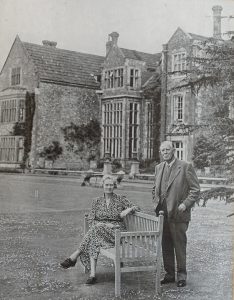
“I love it when the visitor season and first opening approaches” Lady Emma declares. She continues “Clive and Alicia opened Parham to the public for the first time in 1948, not out of need but out of a genuine desire to share their home with others. I’m delighted that 70 years on Parham continues to welcome visitors in the same spirit.”
We set out to see how the preparations are progressing and pause at the top of the house in the light filled Long Gallery with its wonderful ceiling. Lady Emma explains that the ceiling was put in by the Pearsons in the 1960s. There were no historical records of the Elizabethan original so they commissioned the theatrical artist Oliver Messel to design it.
I remark that a house and garden like Parham carry with them a weight of history and tradition which demands a particularly keen sense of duty and service from its custodians. Lady Emma replies “It is a way of life but we love this place and being here.”
In the grounds to the south of the house, beyond the ha-ha, is St Peter’s Church where I will be taking the Easter Sunday service of Holy Communion this year. It starts at 9.15am and all are welcome. The church remains open all day.
Parham House and Gardens open this Easter Sunday 1st April 2018 at 2pm and 12pm respectively, closing at 5pm. For more information go to www.parhaminsussex.co.uk or telephone 01903 742021.
By Rupert Toovey, a senior director of Toovey’s, the leading fine art auction house in West Sussex, based on the A24 at Washington. Originally published in the West Sussex Gazette.
